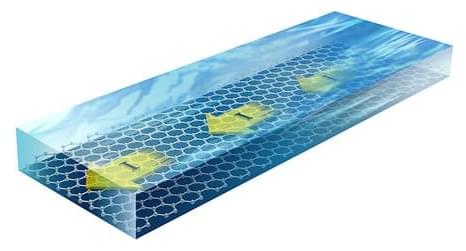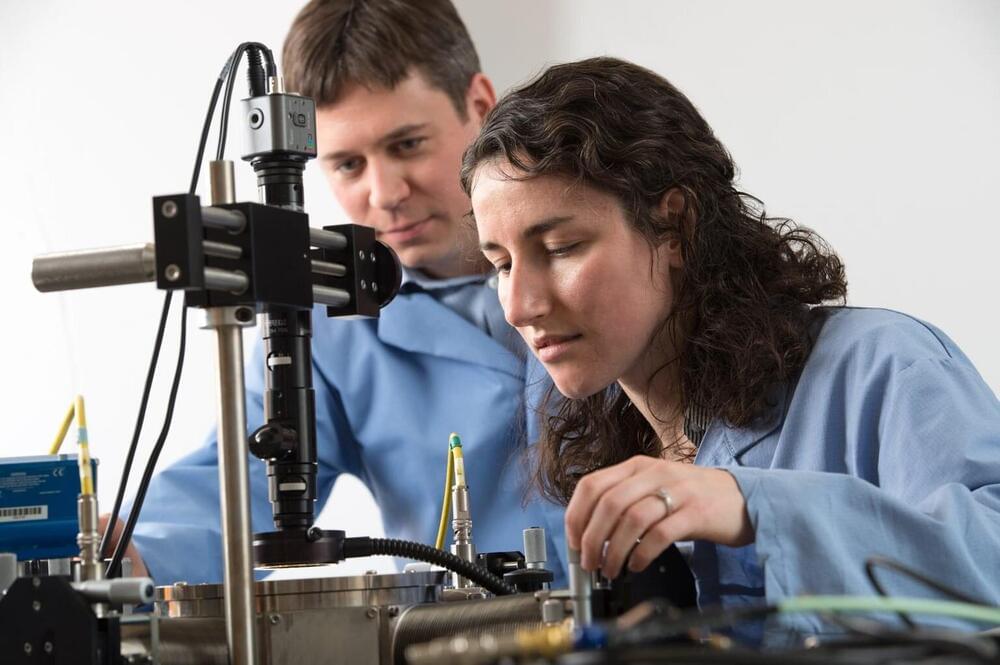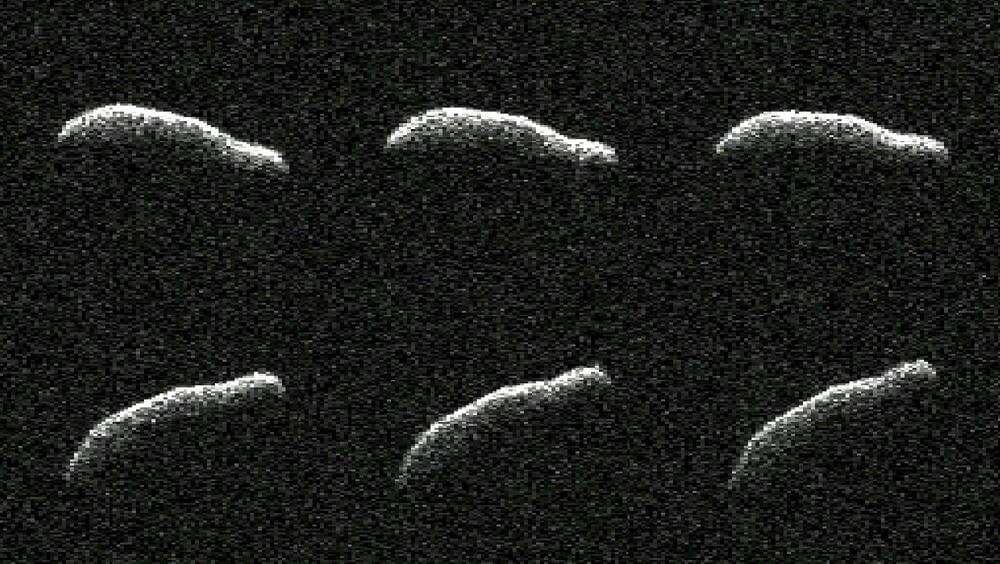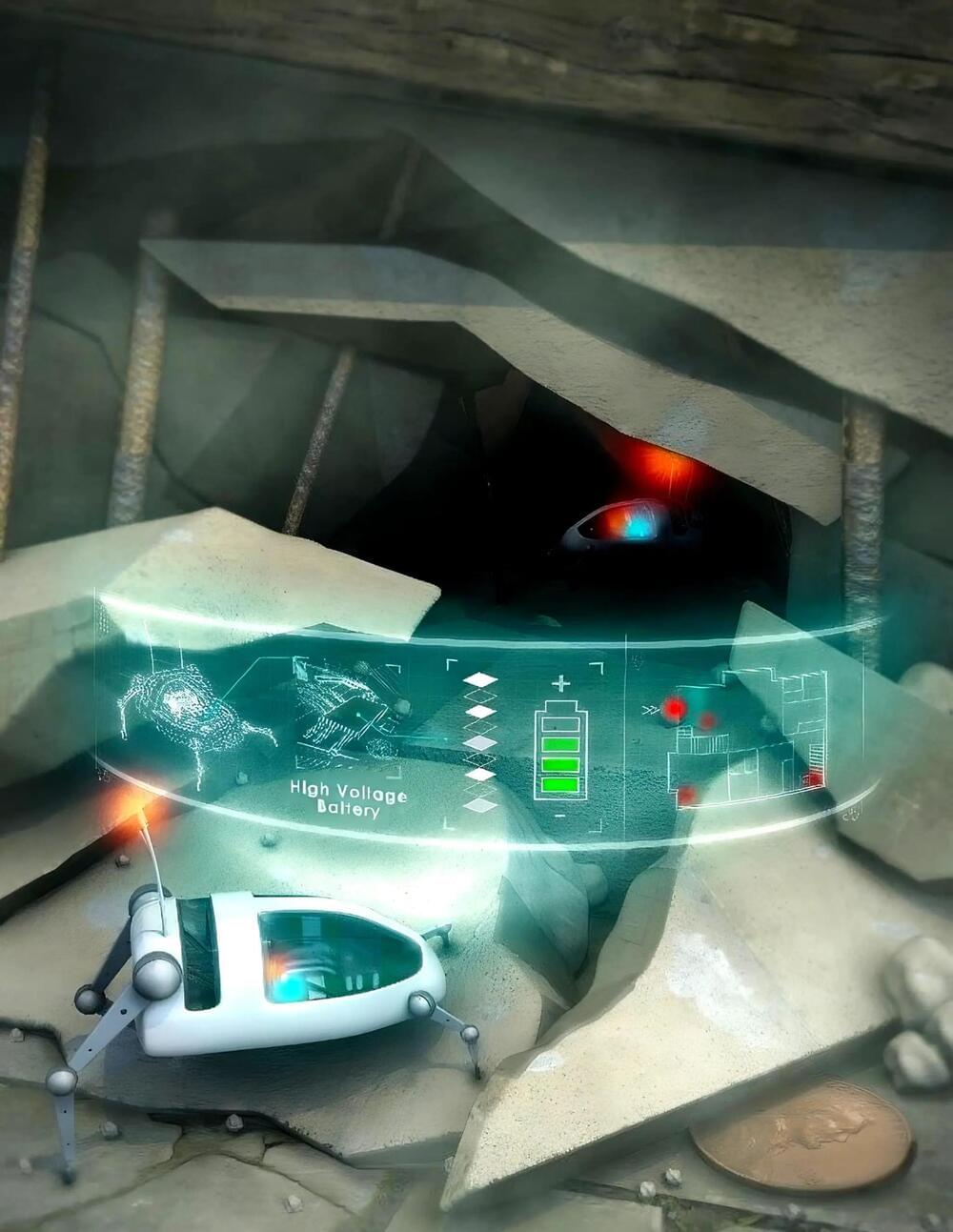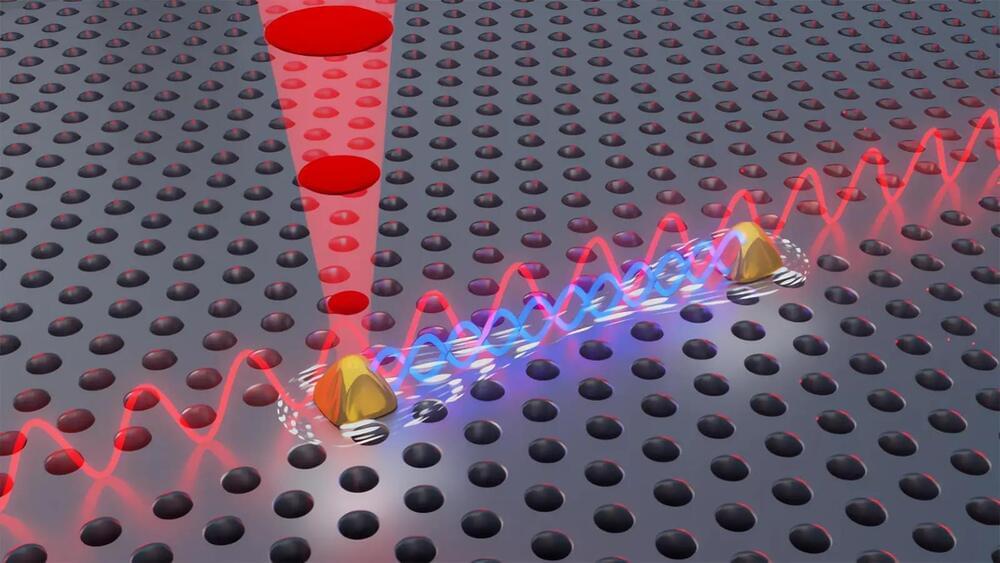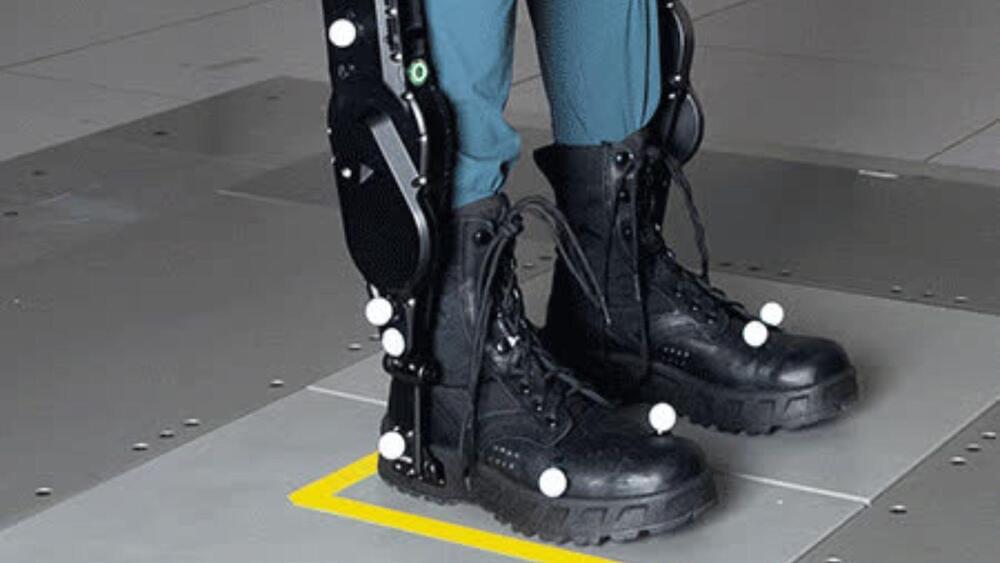Vibrations are the main drivers of a mysterious process in which a liquid flow generates an electric current in the solid below it.
Liquid flowing over a conducting surface is known to produce electric currents, but the mechanism behind this effect has been unclear. New experiments with a single liquid drop dragged over a graphene surface demonstrate that viscous forces at the liquid–solid interface create vibrations, or phonons, in the graphene sheet that drag electrons in the direction of the flow [1]. The researchers verified this “phonon wind” interpretation by observing multiple liquids and by testing graphene surfaces with and without wrinkles. The results could lead to highly sensitive flow sensors or to devices that can harvest electricity from flows.
Researchers have found that water flowing over a material—in particular, carbon nanotubes or graphene—can generate electric currents in the solid. The effect appears in carbon materials because the surfaces are atomically flat and thus allow the liquid to flow largely unobstructed at the liquid–solid boundary, explains Alessandro Siria from the École Normale Supérieure in France. Several models have been proposed to explain the flow-induced currents, often involving charges within the liquid acting on the electrons in the solid. However, experimental uncertainties have prevented researchers from determining which model is best.
